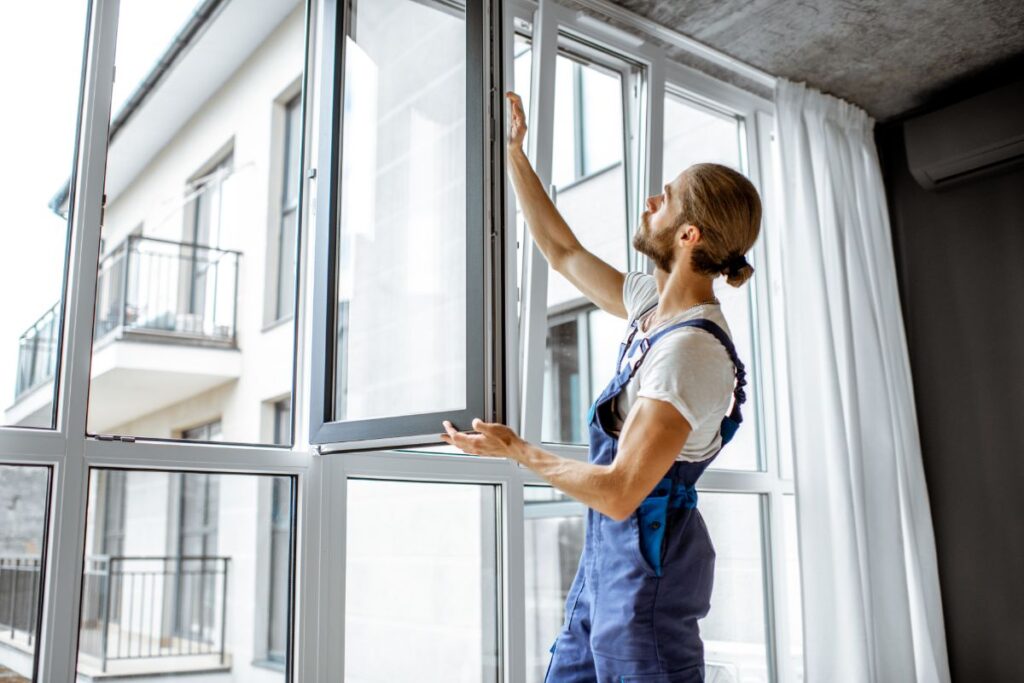Introduction
When choosing the right hinge for your windows, understanding the differences between friction stay hinges and regular hinges is essential. While both types of hinges are used in window systems, they serve different functions, offer distinct advantages, and are suited to specific applications. In this article, we’ll compare friction stay hinges to regular hinges, helping you make an informed choice for your construction or renovation projects.

What Are Friction Stay Hinges?
Friction stay hinges are specially designed hinges that allow windows to be opened at various angles and stay in place without additional support. These hinges use friction to control the opening and closing movement of the window, which provides a self-locking mechanism. This feature makes them especially ideal for casement and awning windows, providing stability even in windy conditions.
Key Features of Friction Stay Hinges:
- Adjustable friction: Allows control over how easily the window opens and how securely it stays in place.
- Enhanced security: Prevents the window from unexpectedly slamming shut or being forced open.
- Wide range of opening angles: Suitable for windows that need to open wide for ventilation.
What Are Regular Hinges?
Regular hinges, also known as butt hinges, are the most commonly used hinge type for doors and windows. These hinges allow the window or door to pivot on a fixed axis, which means the opening range is generally limited by the size of the hinge. Regular hinges are simpler in design and typically used for windows that open on a single axis or doors that require straightforward functionality.
Key Features of Regular Hinges:
- Fixed opening: The window or door opens to a set angle, and it cannot hold a position without additional locking mechanisms.
- Basic design: Simple installation and cost-effective for standard window systems.
- Standard applications: Widely used for doors, smaller windows, or windows that don’t require specific holding positions.
Key Differences Between Friction Stay Hinges and Regular Hinges
- Functionality
- Friction Stay Hinges: Offer the ability to hold the window open at multiple angles without additional hardware or support. Ideal for casement and awning windows.
- Regular Hinges: Allow windows or doors to pivot, but do not offer the holding function without external locking mechanisms.
- Applications
- Friction Stay Hinges: Perfect for modern windows where easy ventilation and stability are needed. Common in homes and commercial buildings where wide window openings are required.
- Regular Hinges: Suitable for doors, smaller windows, and areas where full opening capacity is not needed.
- Security and Stability
- Friction Stay Hinges: Provide enhanced security by preventing the window from slamming shut, even in windy weather.
- Regular Hinges: Less secure compared to friction stays, as they rely solely on locking mechanisms for stability.
- Design Complexity and Cost
- Friction Stay Hinges: More complex in design, often higher in cost due to their adjustable friction and locking capabilities.
- Regular Hinges: Simpler design and more affordable for basic applications.
- Weather Resistance
- Friction Stay Hinges: Typically designed with corrosion-resistant materials to withstand harsh outdoor conditions, making them ideal for coastal or high-humidity areas.
- Regular Hinges: Standard materials may require additional coatings or maintenance for outdoor use.
When to Choose Friction Stay Hinges
Friction stay hinges are ideal for applications that require precise control over window positioning and need to hold the window open at specific angles. These hinges are commonly found in:
- Casement windows: Where you need the window to open outward at various angles.
- Awning windows: These often require a hinge that allows the window to open outward from the top.
- Windows in windy areas: Where you need added stability to prevent the window from slamming shut.
- Modern and high-end residential or commercial buildings: Where both aesthetics and functionality are equally important.
When to Choose Regular Hinges
Regular hinges are often suitable for applications where simplicity, cost-effectiveness, and basic functionality are more important. They are ideal for:
- Doors and small windows: Where full opening and secure locking are not a priority.
- Windows in low-traffic areas: Where the window is used infrequently and doesn’t require complex opening mechanisms.
- Budget-conscious projects: Where you need to keep costs low without compromising on basic functionality.
Conclusion
The decision between friction stay hinges and regular hinges depends on the specific needs of your window system. Friction stay hinges are the best option for modern windows requiring precise control, stability, and security. Regular hinges, while simpler and more affordable, are better suited for basic applications where full control over window positioning is not necessary. By understanding the key differences, you can make the best choice for your project, ensuring functionality, durability, and safety.
